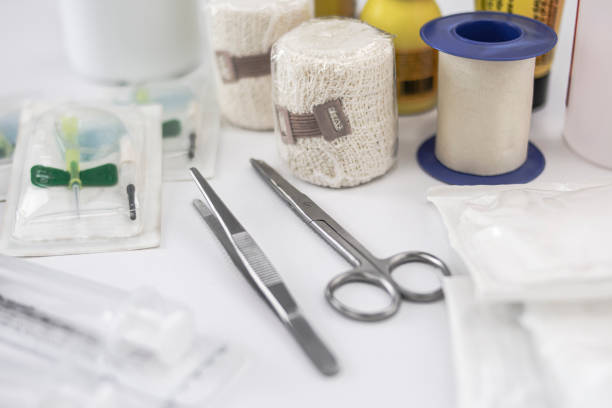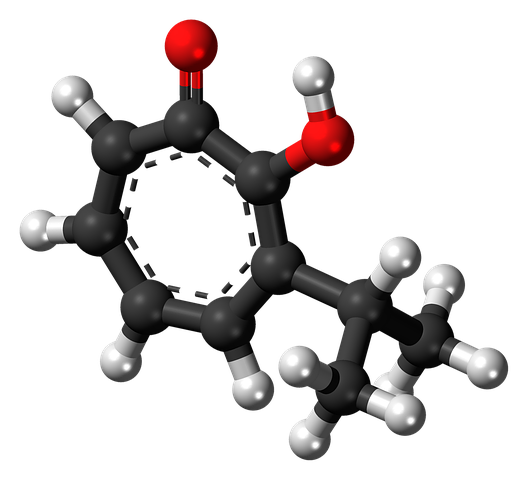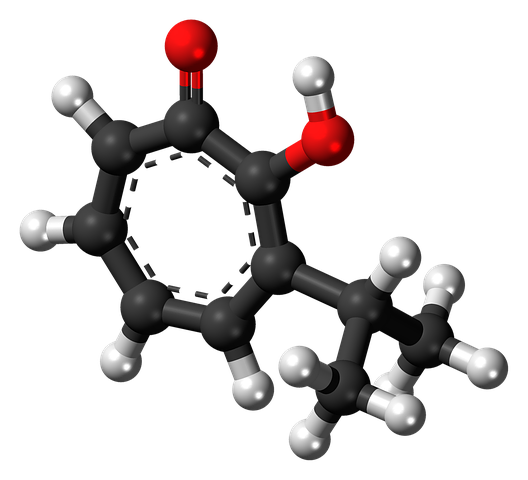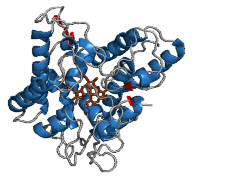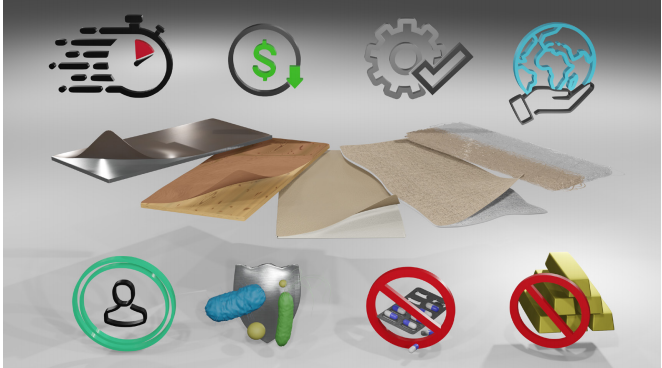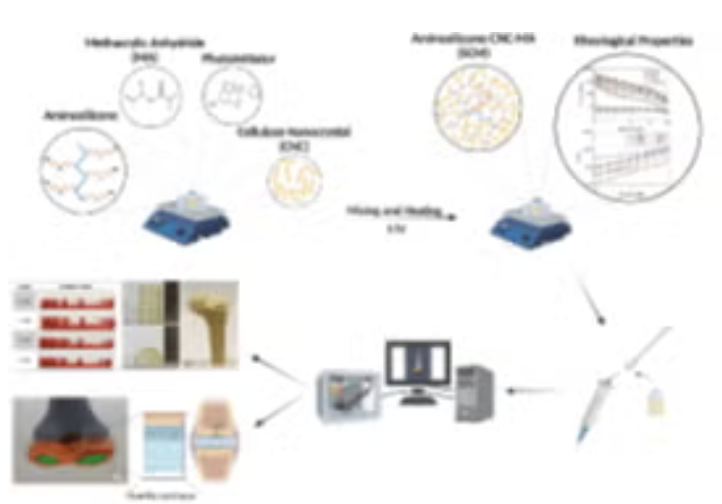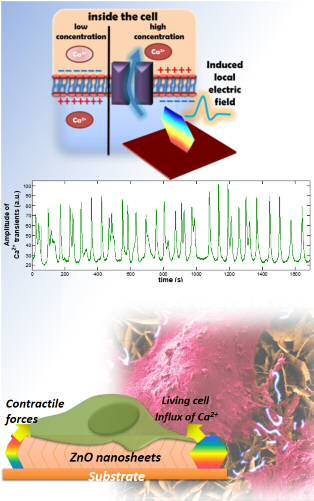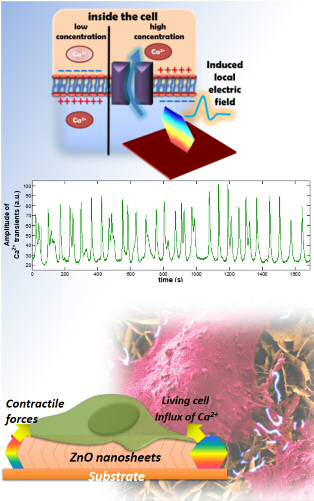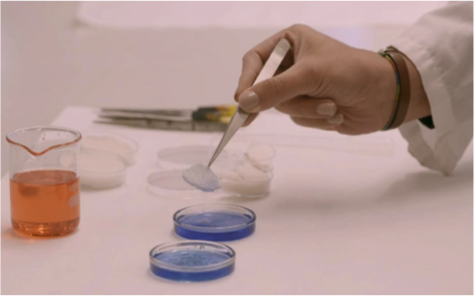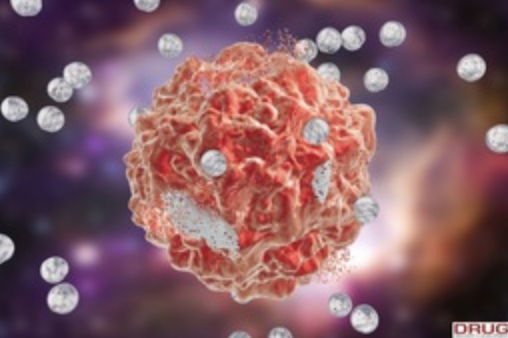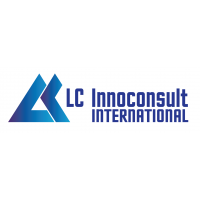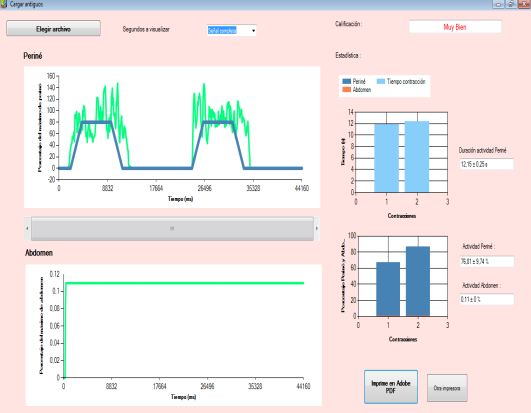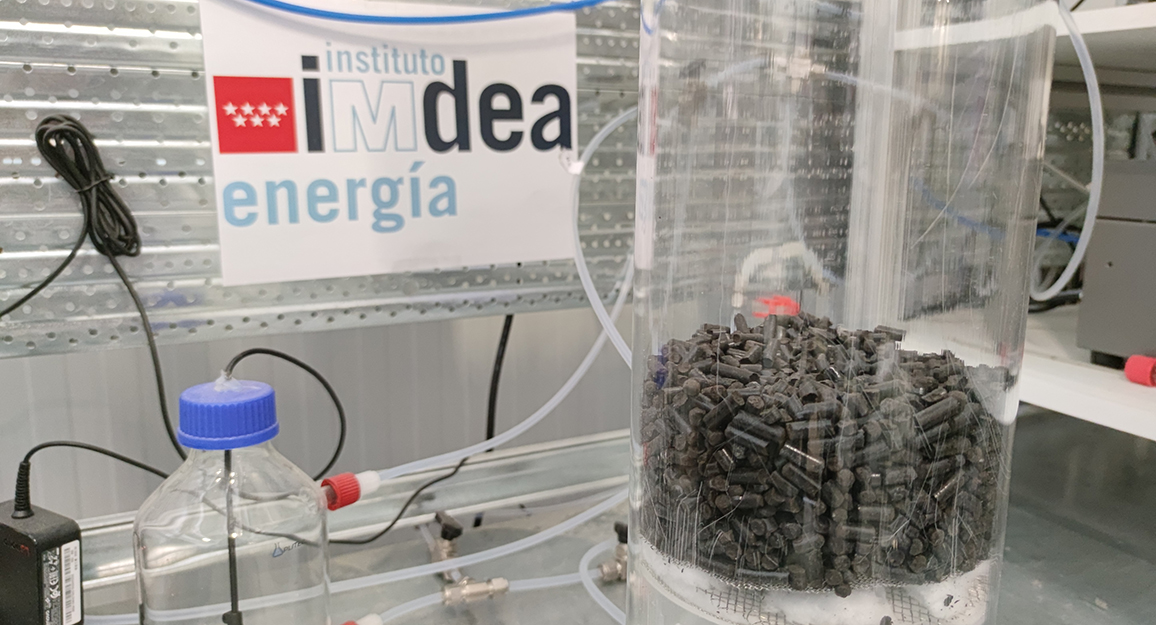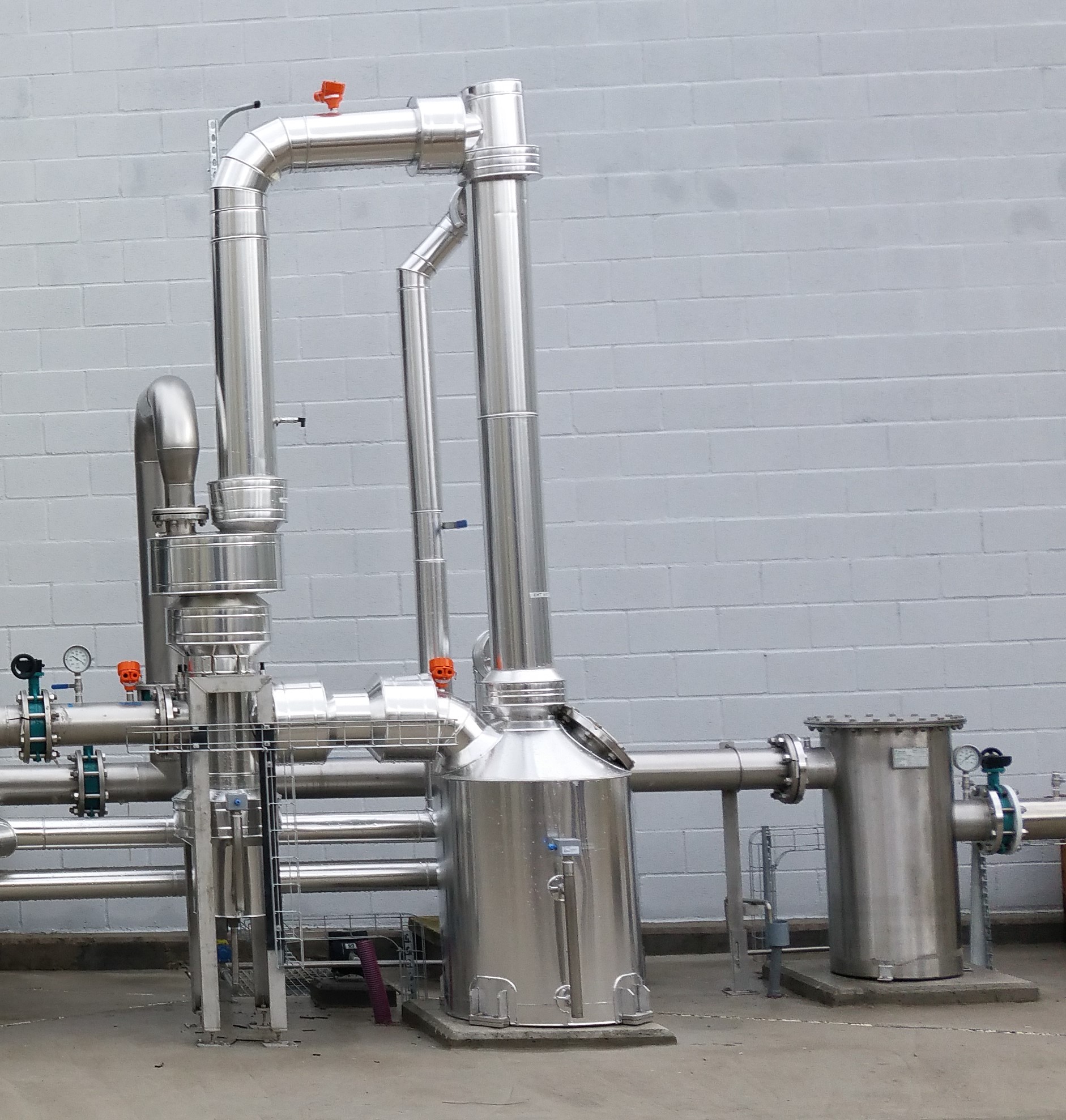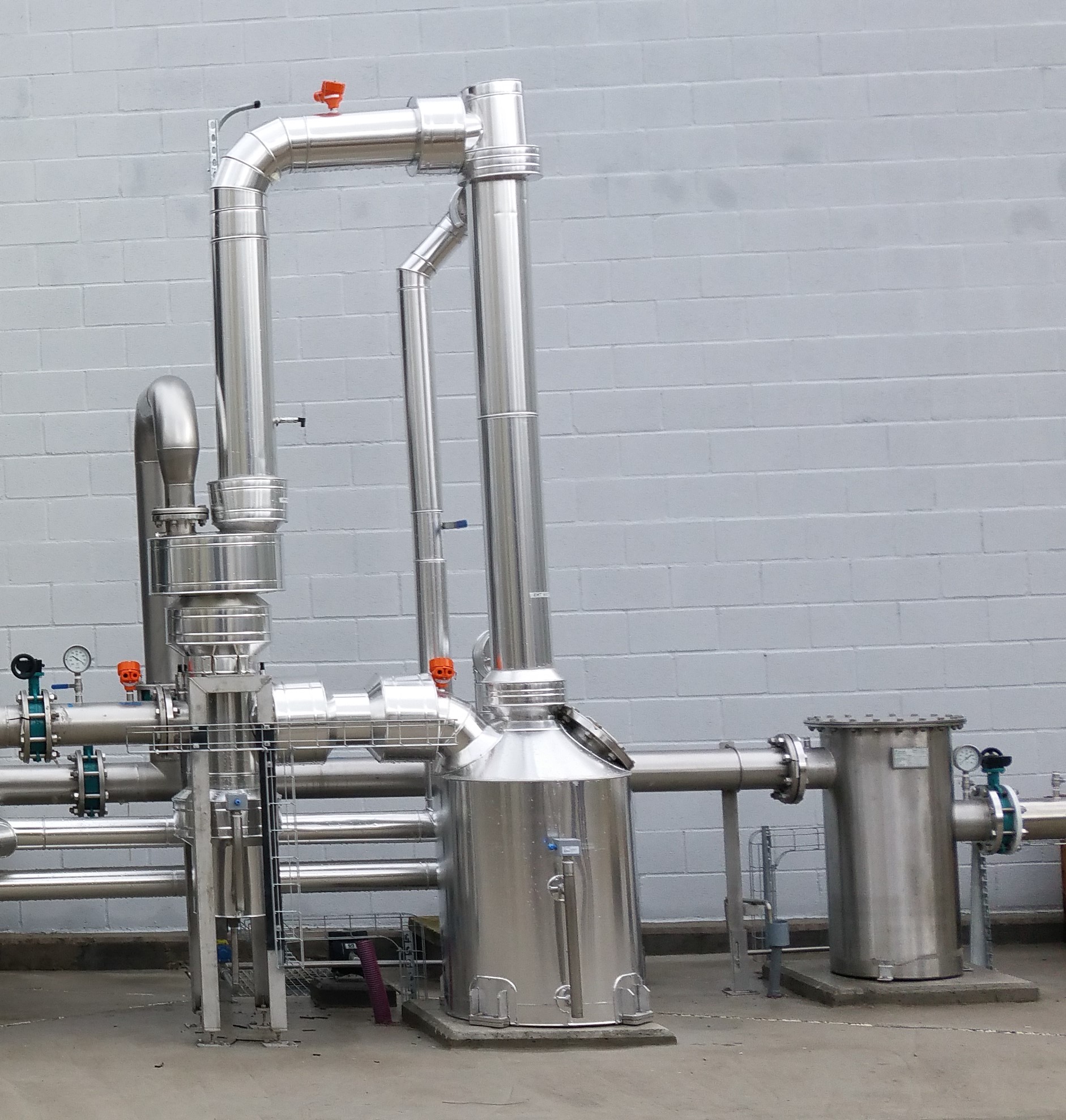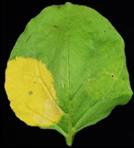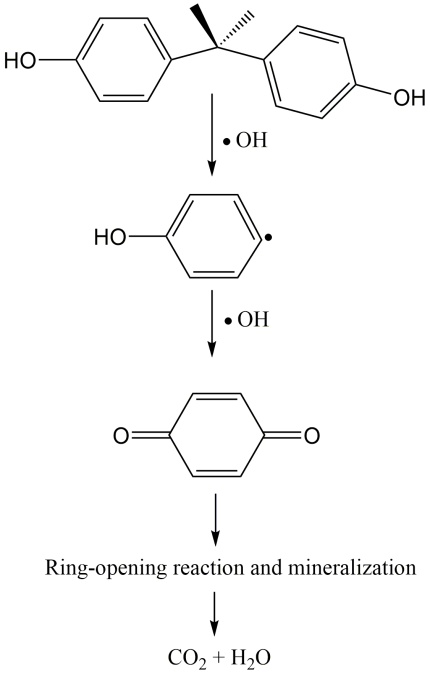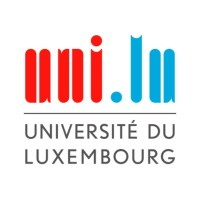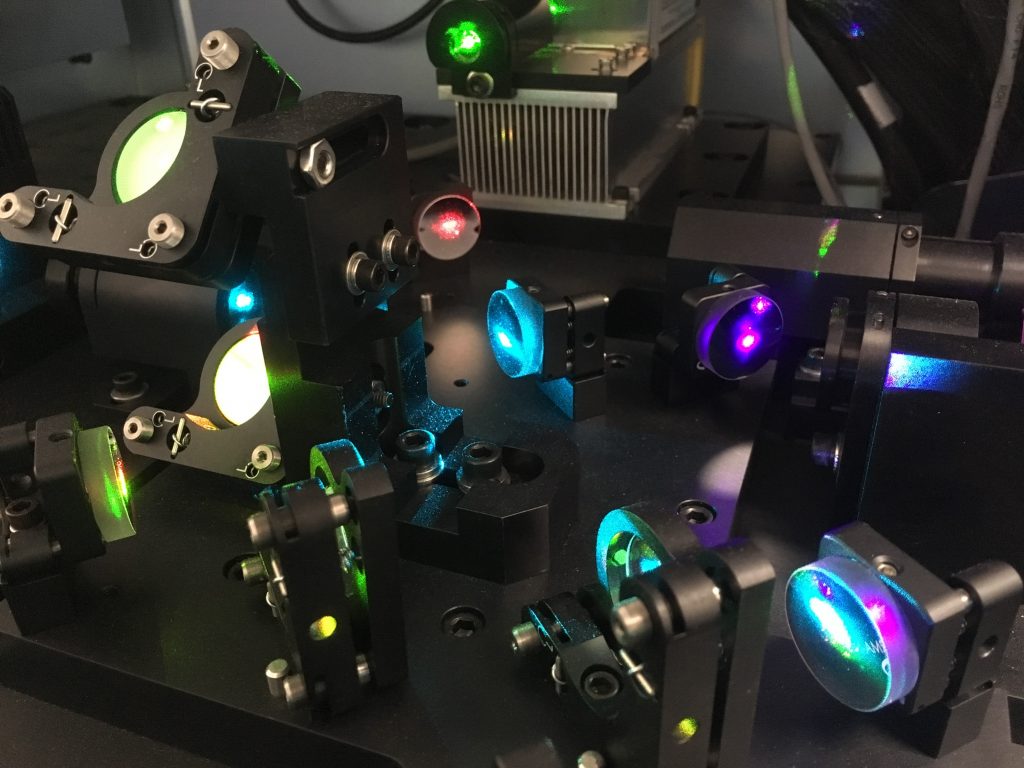Technology Offers Site map description
B
UNIVERSIDAD DE BURGOS posted this:
Bioactive compounds of food and their health benefitsA research group at the University of Burgos is carrying out studies on bioactive compounds with healthy properties, present in foods or in plant extracts. The aim of this study is to evaluate their antioxidant effects as well as their effects on biomarkers of diseases associated with oxidative stress (cardiovascular, cancer) through assays "in vitro", "ex vivo" with cell cultures and "in vivo" with animals of experimentation.UNIVERSIDAD DE BURGOS posted this:
Bioactive compounds of food and their health benefitsA research group at the University of Burgos is carrying out studies on bioactive compounds with healthy properties, present in foods or in plant extracts. The aim of this study is to evaluate their antioxidant effects as well as their effects on biomarkers of diseases associated with oxidative stress (cardiovascular, cancer) through assays "in vitro", "ex vivo" with cell cultures and "in vivo" with animals of experimentation.Arkadiusz Rudawski, PhD posted this:
Bioactive haemostatic agents with advanced biological propertiesThe technology comprises the obtainment of physically crosslinked aerogel with a unique chemical structure, which is responsible for the exceptional sorption capacity and antioxidant properties leading to scavenging of reactive radicals, especially oxygen (ROSS). Biomaterials are obtained from resources of fungal and plant origin. The use of biocompatible substances eliminates the use of toxic reagents, so the method of preparation is in line with the limitations of Green Chemistry.
Technology Broker at Cracow University of TechnologyCracow University of Technology posted this:
Bioactive hydrogel wound dressings with nanosilver.The main aspect of innovation, which can be implemented in industrial practice, is application of degradable polymers, while maintaining the usable equivalence to current products. It is associated with a tendency to reduce environmental consumer waste. Specialized wound dressings are now one of the most profitable medical devices. Their variety of assortment and implementation of more niche application solutions demonstrate the ability of their wider application. It is assumed, that annual sales of specialized dressings on the markets in 2010-2015 will increase by about 4%.Universitat de València posted this:
BioCalibra: Device for activated sludge models calibrationThe device has the following advantages over existing techniques: Improves WWTP simulations: allows simulation of calibrated WWTP with only the adjustment of influent characteristics. High efficiency: allows the calculation of the most important set of parameters for the activated sludge model with the minimum of experimental effort User friendly software: all elements are controlled by the calibration software that can be installed on any conventional computer.CSIC - Consejo Superior de Investigaciones Científicas posted this:
Biocatalyst to transform fat into stabilizers, coatings, glues and polymers in a specific and environmentally friendly wayThe CSIC has developed two mutated variants of an unspecific peroxygenase enzyme that improve the selectivity of the biocatalyst for two specific industrial applications. One is the epoxidation of unsaturated fatty acids for use as stabilizers, coatings, or crosslinking agents for adhesives and glues. The other is the hydroxylation of fatty acids, which can lead to easily polymerizable diacids for the production of nylon, polyesters, polyamides, or fragrances. Companies interested in licensing the patent for the development of epoxides, hydroxy compounds, or diacids derived from fatty acid through the use of improved variants of the unspecific enzyme are sought.CSIC - Consejo Superior de Investigaciones Científicas posted this:
Biocatalysts for the food, pharmaceutical and cosmetic industry made from used batteriesThe CSIC has developed a system that use the black mass of the used batteries to synthesize biocatalysts with a great capacity to synthesize products widely used in the food, pharmaceutical and cosmetic industry, such as aromas and flavorings. Companies interested in exploiting the technology under a patent license are sought. An offer for Patent LicensingVilnius University posted this:
Biocatalytic production of polyols & epoxidized oils for industryThe enzymatic synthesis of polyols and epoxidized derivatives from renewable resources is essential for the development of industrial biotechnology in order to meet green chemistry requirements and sustainability goals of consumers.claudia nieva posted this:
Biocompatible and bioinspired polymers for multifunctional coatingsA family of polymers that can be applied on different surfaces and functionalised for a variety of applications, like health, anti-bacterial/virus surfaces, anti-corrosive coatings, particle entrapment, wettability modulation, etc. Partners interested in R&D collaboration are sought
Business Developer at ICN2University of Waterloo posted this:
Biocompatible hydrophilic silicone elastomer materialBackground Silicone elastomers have been widely utilized in biomedical applications due to their remarkable features such as flexibility, adaptability, and biocompatibility, but the slow curing speed, low viscosity, and hydrophobicity of existing silicone materials are challenges that hinder many applications. In patients with osteoarthritis the cartilage covering the bones ends in human joints gradually deteriorates. One of the best treatment options is replacement of the cartilage; however, current approaches have failed due to the unique mechanical features and complicated multi-layered 3D structure of articular cartilage (AC).CSIC - Consejo Superior de Investigaciones Científicas posted this:
Biocompatible self-generating cell stimulatorCSIC through the Instituto de Microelectrónica de Barcelona - Centro Nacional de Microelectrónica, has developed a device based on nanogenerators for electrical cells stimulation without the need of electrodes or bulky devices. The device is biocompatible and, among its multiple applications, is able to actuate in medical prostheses as enhancer of cellular growth and proliferation, which permits an early lesion recovery (such as a fracture or wound). Industrial partners dedicated to the development of medical devices for cells stimulation, in particular, focused onto therapeutic treatments of non-healing wounds, are being sought to collaborate through a patent licence agreement. An offer for Patent LicensingCSIC - Consejo Superior de Investigaciones Científicas posted this:
Biocompatible self-generating cell stimulatorCSIC through the Instituto de Microelectrónica de Barcelona - Centro Nacional de Microelectrónica, has developed a device based on nanogenerators for electrical cells stimulation without the need of electrodes or bulky devices. The device is biocompatible and, among its multiple applications, is able to actuate in medical prostheses as an enhancer of cellular growth and proliferation, which permits an early lesion recovery (such as a fracture or wound). Industrial partners dedicated to the development of medical devices for cells stimulation, in particular, focused onto therapeutic treatments of non-healing wounds, are being sought to collaborate through a patent license agreement.CSIC - Consejo Superior de Investigaciones Científicas posted this:
Biocompatible self-generating cell stimulator CSIC through the Instituto de Microelectrónica de Barcelona - Centro Nacional de Microelectrónica,has developed a device based on nanogenerators for electrical cells stimulation without the need of electrodes or bulky devices. The device is biocompatible and, among its multiple applications, is able to actuate in medical prostheses as enhancer of cellular growth and proliferation, which permits an early lesion recovery (such as a fracture or wound). Industrial partners dedicated to the development of medical devices for cells stimulation, in particular, focused onto therapeutic treatments of non-healing wounds, are being sought to collaborate through a patent licence agreement. An offer for Patent LicensingYeda posted this:
Biodegradable "Fiberglass" for Packing IndustryConventional plastics are materials with attractive properties but with low recyclability. They also persist in the environment. Furthermore, the plastic waste decomposes into microplastic, which pollutes the soil, the sea, and the air. Therefore new regulations restrict its use. The existing biodegradable materials suffer from inferior mechanical properties (such as starch) or low degradability that needs to be enhanced (e.g., PLA). Prof. Rybtchinski and his group designed a biodegradable "fiberglass" composed of Nano-crystalline fibers and a biodegradable polymer. Both components are highly biodegradable, and the resulting composite material has properties akin to or better than known packaging plastics (which constitute 39% of all produced plastics). Teresa JiménezInstituto de Agroquímica y Tecnología de Alimentos (IATA-CSIC)Teresa Jiménez
Teresa JiménezInstituto de Agroquímica y Tecnología de Alimentos (IATA-CSIC)Teresa JiménezInnovation Manager at Instituto de Agroquímica y Tecnología de Alimentos (IATA-CSIC)
View ProfileTeresa Jiménez posted this:
Biodegradable aerogel highly versatile in applications and usesThe Institute of Agrochemistry and Food Technology (IATA-CSIC) has developed a biodegradable aerogel capable of absorbing fluids while maintaining its integrity even in contact with water. In addition to its usefulness as a packaging material in agri-food, it is potentially useful in biomedical applications (for drug release), as an acoustic and thermal insulator, enzymatic catalysis or in the automotive industry. We are looking for companies from different sectors interested in licensing the patent and for the development of specific applications.
Innovation Manager at Instituto de Agroquímica y Tecnología de Alimentos (IATA-CSIC)claudia nieva posted this:
Biodegradable and biocompatible nano and microparticle development platform for microplastic replacementa novel platform for the development of biodegradable nano and microparticles for the encapsulation of great variety of actives for application in multiple sectors. It is customizable, scalable, sustainable (biodegradability that conforms to OECD guidelines), with long-lasting active release in a biodegradable and bio-source delivery system at the optimum time and site for maximum performance. Partners interested in R&D collaboration are sought
Business Developer at ICN2Meghan Meyer posted this:
Biodegradable CCK-receptor Targeted Nanoparticle for the Treatment of Cancer- Targets cancer cells with CCK-B receptors, significantly impacting pancreatic cancer treatment - Utilizes biodegradable, non-toxic nanoparticles for efficient siRNA delivery - Offers potential for broader application across various cancers expressing similar receptors
Other at Georgetown UniversityLaser Consult Ltd. posted this:
Biodegradable partitioned tray made of waste paperThe biodegradable partitioned tray is an innovative and new product made of waste paper. A disposable product which can be used again as a raw material in the same production line. The construction of the body of packaging is of a small overall size and light but consistent enough to provide adequate resistance to mechanical impact, various pressure occurring in transport with sufficient flexibility enabling easy handling when placing on shelves or other places for sale. The essence of the invention is that the biodegradable partitioned tray fully accomplishes the important purpose of producing a cheap product with basic environmental characteristics, which at the same time at lower price has much better mechanical and chemical properties that the paper and plastic packaging (resistance to various mechanical impacts, flexibility, temperature resistance, pressure, more hygienic because it does not produce tiny dust particles that contaminate products in the food industry, etc.) The problem it is trying to solve is to avoid hygienic and sanitary issue (no tiny dust particles are formed during use which contaminate the dairy products on the filling line), avoid deforestation. The main users of the biodegradable tray is food industry (dairies, juice production, fruit production)Universitat Politècnica de Catalunya - UPC posted this:
Biofeedback system for urinary incontinence treatmentBiofeedback system for urinary incontinence treatment.Universitat Politècnica de Catalunya - UPC posted this:
BIOFEEDBACK SYSTEM FOR URINARY INCONTINENCE TREATMENTThis new biofeedback has been developed by the division of Biomedical Signals and Systems and the division of Instrumentation and Bioengineering at CREB UPC and the support of the Hospital Clínic.CREB-UPC posted this:
BIOFEEDBACK SYSTEMS FOR URINARY INCONTINENCE TREATMENTThe advantage of this new system compared to others, is the study of the signal from the abdomen to monitor whether the exercise is being performed properly. In addition to the signal displayed, it is used as a criterion for evaluating the quality of the exercises per-formed, thus fulfilling another requirement. National Biofilms Innovation CentreNational Biofilms Innovation CentreNational Biofilms Innovation Centre
National Biofilms Innovation CentreNational Biofilms Innovation CentreNational Biofilms Innovation CentreResearch & Technology Organization
National Biofilms Innovation Centre posted this:
Biofilm Repelling Catheter technology -Company looking for partnersInnoventions a privately owned medical device incubator in Israel is developing several technologies (www.innoventions-med.com). One of these is a novel biofilm repelling technology. This was used for creating a urethral catheter for reducing (hopefully for preventing) Catheter Associated Urinary Tract Infections (CAUTI) which cause 13,000 deaths in the USA each year. Their preliminary work showed that using their material (known/ approved biomaterial) , they could prevent biofilm forming on balloons immersed in infected urine and also on balloons inserted into the bladder of non-infected patients (up to 3 months). They are interested to further develop the devices with partners based on this technology for catheter and other medical applications (also in non-medical applications such as on surfaces of open water reservoirs, water based liquid carrying pipes, water heaters etc.) and bring them to the market. Please contact us if the subject may interest your organizationIMDEA Energy posted this:
Biofilters to remove NOx from air in urban environments and exhaust gasesLab-scale biofilters to evaluate NOx removal from air under different experimental conditions (NOx concentrations, temperature, humidity, air flow, etc.) are offered. The IMDEA Energy lab-scale biofilters are currently used for testing different carbon-based materials obtained from biomass biochars/hydrochars activation. The set-up allows the simulation of different gas mixtures (NO and NO2 diluted in air/N2). The NOx removal efficiency can be monitored by a NOx on-line analyzer and/or a mass spectrometer. Mark RichardsonNational Biofilms Innovation CentreMark Richardson
Mark RichardsonNational Biofilms Innovation CentreMark RichardsonCEO at National Biofilms Innovation Centre
Mark Richardson posted this:
Biofouling resistant coatingsAn Academic Partner is looking for an industry partner to work in the development of nanomaterial-based water technologies and biofouling-resistant coatings.
CEO at National Biofilms Innovation CentreJoaquin Reina Herdz posted this:
Biogas dryer. For biogas drying and other gasesRemoval water vapor and other component like OVCs and siloxanes coming from biogas and other gases with less energy consumption. The equipment has an economizer/scrubber that allow at the same time, to clean the gas with the less energy use.
CEO at Biogas & Gases TechnologiesBiogas & Gases Technologies posted this:
Biogas dryer. For biogas water vapor removingBiolimp-Dryer. This technology combines the cooling and condensation techniques, allowing to achieve elimination efficiency of over 95% with low operating costs (OPEX). This equipment has two kinds of cooling techniques: thermal cooling and mechanical cooling and other devices that improve the water vapor removal. This can include a heat recovery, which in addition to minimizing the energy needs of the operation, allows to wash off the biogas with its own condensates, which produces a partial reduction of the H2S and NH3, that accompany the biogas, the reason why it can be considered a multipurpose technology. The vertical position of the heat exchanger allows the best draining of the condensate and avoids condensate freezing when working at low temperatures. The technology is fully automatizationCSIC - Consejo Superior de Investigaciones Científicas posted this:
Biogenesis on-demand for the production of carotenoids and phytonutrientsCSIC and the Center for Research in Agricultural Genomics have developed a biotechnological method for the biofortification in carotenoids and other phytonutrients of green tissues. The method is based on the controlled induction of chromoplasts. The mechanism could be applied to the development of novel functional foods or bio factories for a variety of industries. Industrial partners are being sought to collaborate through a patent license agreement.CSIC - Consejo Superior de Investigaciones Científicas posted this:
Biohybrid catalyst with coper nanoparticlesCSIC has developed a novel hybrid material consisting on a protein matrix and nanoparticles of different copper species. The effect of the combination is an enhancement of the peroxidase activity of the material which leads to degradation of organic molecules at short times. It also shows an interesting catalase-like activity. Industrial partners from the chemical or biochemical industry are being sought to collaborate through a patent license agreement An offer for Patent LicensingUniversity of Luxembourg posted this:
Bioimaging Platform - Luxembourg Centre for Systems BiomedicineThe LCSB Bioimaging Platform (bip) provides access to and support for a broad palette of advanced microscopy and flow cytometry instruments, enabling researchers to perform studies from the tissue level and down to sub-cellular scales.

